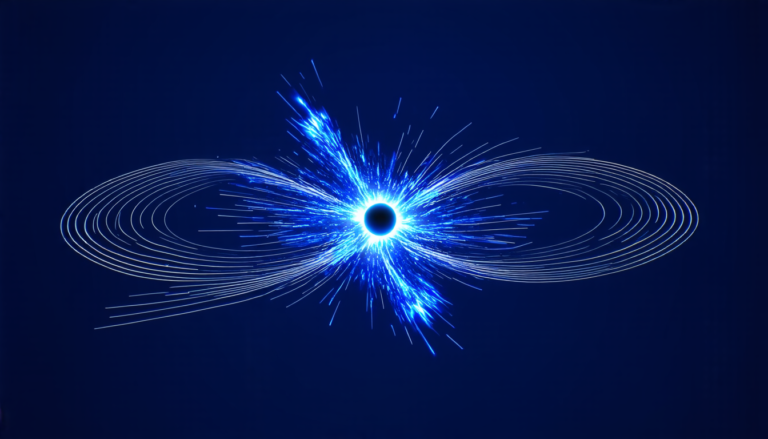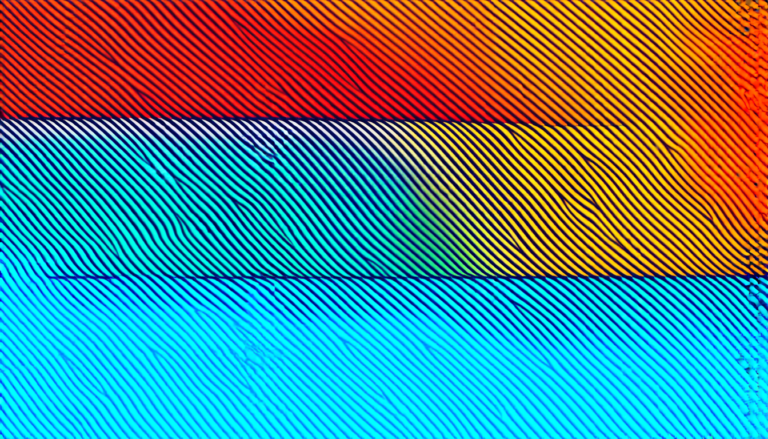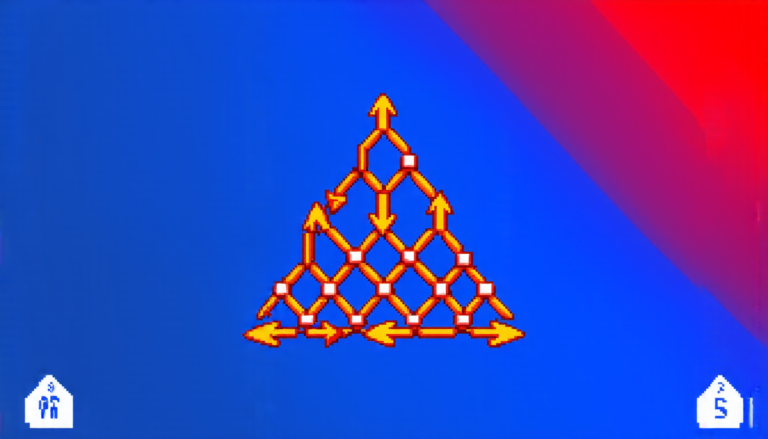Wednesday 30 April 2025
The quest for accurate photometry in astronomical surveys has long been a challenge. With the sheer volume of data being collected, it’s become increasingly difficult for scientists to manually sift through images and identify potential anomalies. That’s where machine learning comes in.
Researchers have developed an innovative approach using active anomaly detection algorithms to identify artefacts in ZTF (Zwicky Transient Facility) DR3 images. These artefacts can be misleading and affect the accuracy of photometric measurements, making it crucial to detect and remove them.
The team created a comprehensive dataset of 1127 labelled artefacts from 26 fields in ZTF DR3, along with a complementary set of nominal objects. This dataset was compiled using an active anomaly detection algorithm called PineForest, developed by the SNAD (Supernova Anomaly Detection) team.
By training machine learning models on this data, scientists can develop robust algorithms to identify artefacts and distinguish them from genuine astronomical sources. The resulting catalogue will enable researchers to refine their analysis of transient events, such as supernovae and gamma-ray bursts.
The study’s findings have significant implications for the field of astronomy. By automating the detection of artefacts, scientists can focus on more complex and time-consuming tasks, like understanding the physics behind these events. This could lead to breakthroughs in our understanding of the universe and potentially uncover new insights into the nature of dark energy.
The dataset and algorithms developed by this research are publicly available for further scientific applications. This collaborative effort highlights the importance of open-source data sharing and the potential for machine learning to revolutionize astronomical research.
In recent years, advances in deep learning have enabled researchers to tackle complex problems like real-bogus classification in astronomy. The development of PineForest and its application to ZTF DR3 images demonstrates the power of active anomaly detection in identifying artefacts and improving photometric accuracy.
As we continue to push the boundaries of astronomical research, it’s essential to develop innovative solutions for data analysis and processing. By harnessing the potential of machine learning, scientists can unlock new discoveries and gain a deeper understanding of the universe.
Cite this article: “Automating Anomaly Detection in Astronomical Surveys with Machine Learning”, The Science Archive, 2025.
Astronomy, Photometry, Machine Learning, Anomaly Detection, Artefacts, Ztf, Dr3, Pineforest, Supernovae, Gamma-Ray Bursts







